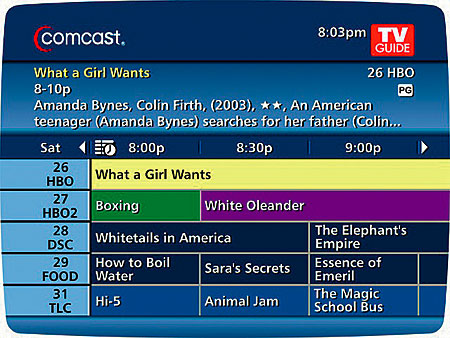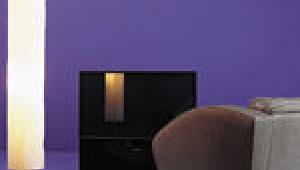Your Digital TV To-Do List Page 2
Check for DTV Reception at Your Location
It’s easy to do, thanks to some extremely helpful Websites. Start with AntennaWeb (www.antennaweb.org) to get a quick list of stations you should be able to receive. Simply enter your street address, city, state, and zip code, and you’ll see a list of nearby analog and digital TV stations. The site takes into account nearby buildings and obstructions and will give you antenna recommendations.

As helpful as AntennaWeb is, it still misses a few stations here and there. That’s why you’ll also want to check out TV Fool (www.tvfool.com), a Website maintained by a former TV engineer. Enter your street address or GPS coordinates (latitude and longitude), and you’ll get a more detailed plot of receivable TV signals (again, analog and digital), along with predicted signal strength, distance to the transmitter, and type of signal propagation (line of sight, 1-edge, 2-edge, etc.).
TV Fool also generates a small table of stations and a graph that you can print out or save on your computer. The graph shows the compass headings for each TV station plotted. It’s very handy if you use or plan to install an antenna rotator. The TV Fool plot will also give you a better idea of whether you need to install a preamplifier at the antenna mounting location to boost weak signals.
Choose The Right Antenna For Your Location
You don’t necessarily need a big honking piece of aluminum hovering over your roof to pick up digital TV stations. In fact, you may be able to install it in your attic. Or, if you live close enough, a set-top antenna or small pair of rabbit ears can do the trick.

AntennaWeb will make antenna recommendations for you with a color coding system that is related to reception distance. A better reference is the signal level graph on TV Fool, which places signal intensities in one of four color-coded reception zones: green (above –70 dBm), yellow (between –70 dBm and –90 dBm), pink (between –90 dBm and –110 dBm), and gray (below –110 dBm).
Signals in the green zone should be quite strong at your location, and an indoor antenna may be all you need to pull ’em in. Signals that fall in the yellow zone will require a higher-gain antenna on your roof or in your attic, while pink-zone signals will need additional amplification.

Signals in the gray zone may appear to be non-receivable, but I can say from years of experience that I have pulled in several of those gray-zone stations reliably at my home. I just used a small VHF/UHF roof-mount antenna on a 5-foot mast with a high-gain preamplifier.
I’ve also been able to receive gray-zone DTV signals in deep valleys and behind tall hills, using the same antenna/preamplifier setup. The reception threshold for DTV signals is about half of what you need for noise-free analog TV reception, so you’ve got a fighting chance!
Check And Re-Check The Final Channel Elections For Your Local Dtv Stations
Attention, all of you early adopters who got off your duff and installed a nice UHF antenna and preamplifier system on your roof. Guess what? You may have to go up there and replace it. Doh!
Why? Because depending on where you live, one or more of your local DTV stations will be hopping to a new channel on or before February 17. What’s more, some of those hops involve a change from UHF to high-band VHF (7 though 13) and low-band VHF (2 through 6) TV channels.
- Log in or register to post comments
























































